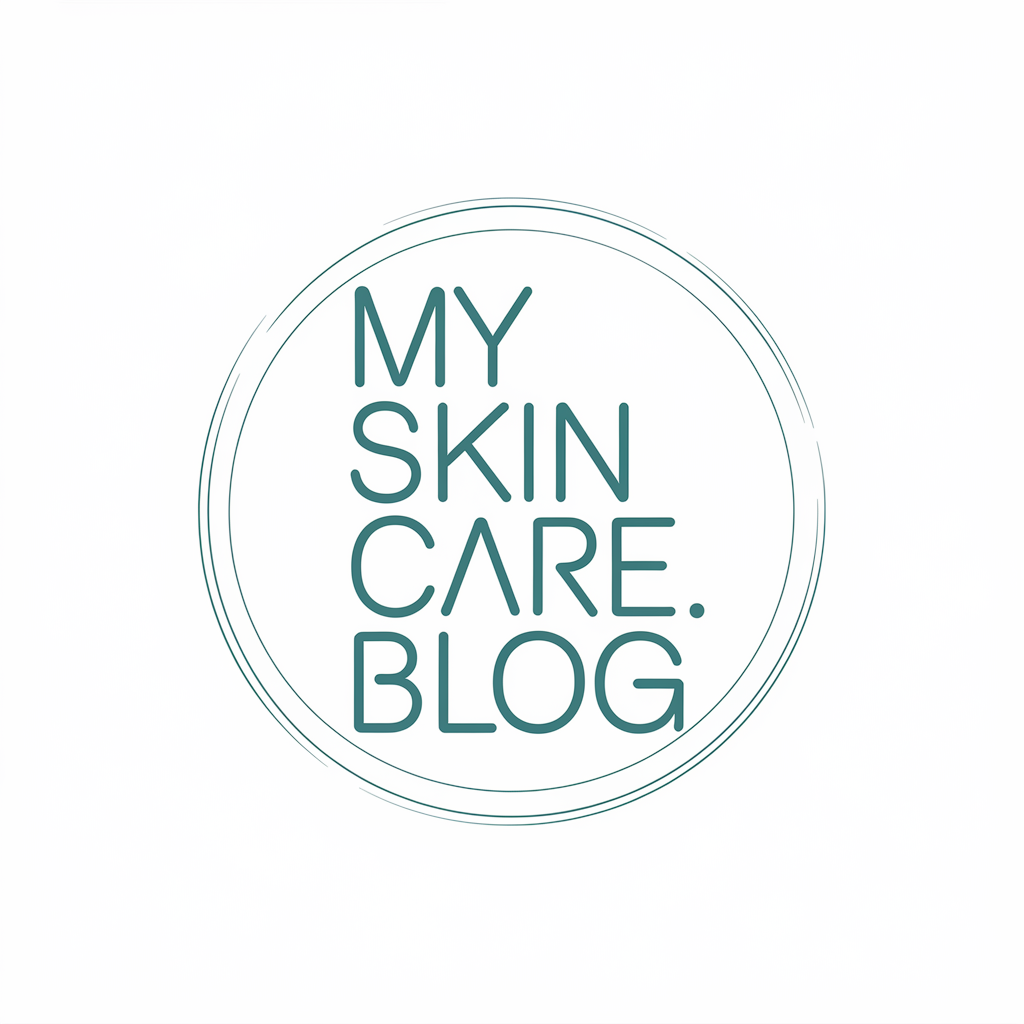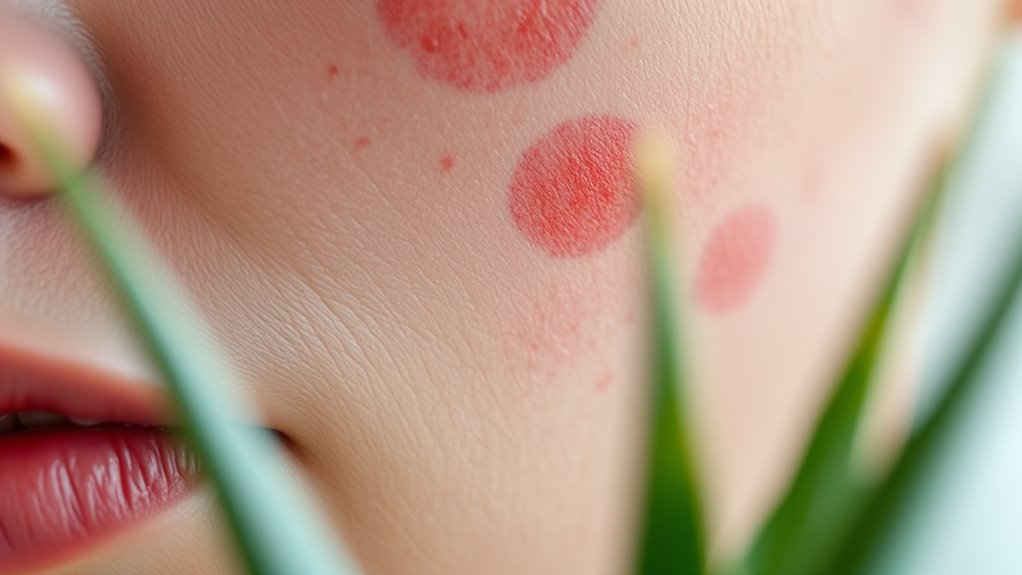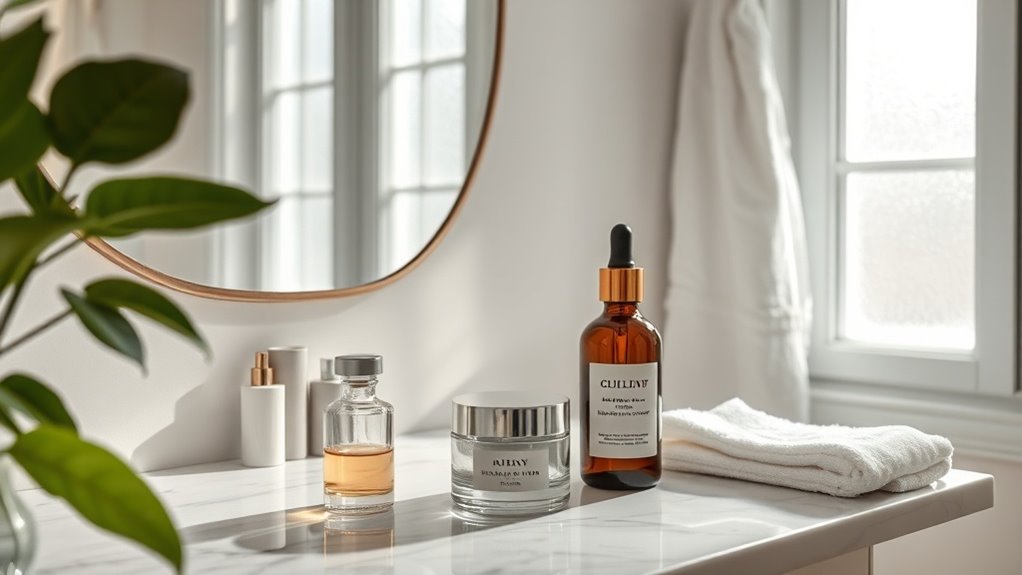Redness and Irritation. These Soothing Tips Will Save Your Skin
If you’re dealing with redness and irritation from triggers like UV exposure or harsh products, start by identifying them through symptom tracking. Adopt a gentle routine: use fragrance-free cleansers, moisturize with ceramide-rich creams, and apply SPF 30+ daily. For relief, try aloe vera or oatmeal baths. Choose hypoallergenic products and manage stress for long-term protection. Dive into these strategies to enhance your skin’s resilience.
Key Takeaways
- Use a mild, fragrance-free cleanser to gently remove impurities without irritating sensitive skin.
- Moisturize twice daily with a hypoallergenic cream to restore and strengthen the skin barrier.
- Apply aloe vera gel directly to affected areas for quick relief from redness and swelling.
- Incorporate cold compresses to calm irritation and reduce inflammation immediately.
- Wear broad-spectrum SPF 30+ sunscreen daily to protect against UV-induced flare-ups.
Identify Common Triggers
Understanding common triggers for redness and irritation is essential, as they’ll help you prevent flare-ups before they start.
In sensitive skincare, environmental factors like UV exposure and pollution often provoke reactions by damaging your skin’s barrier. Harsh ingredients, such as fragrances or alcohol in products, directly irritate sensitive areas, leading to inflammation.
Allergens from pollen or dust mites can trigger immune responses, while temperature extremes and stress hormones amplify sensitivity.
Track your symptoms by noting what precedes flare-ups; this evidence-based approach lets you avoid triggers effectively, maintaining calmer skin. For immediate relief, consider using gentle soothing methods that leverage simple ingredients for quick results.
Additionally, steer clear of common mistakes like over-exfoliation, which can further compromise your skin’s protective barrier and exacerbate irritation.
Gentle Skincare Routines
Once you’ve identified your triggers, it’s time to build a gentle skincare routine that calms sensitive skin and prevents flare-ups.
Start with a mild, fragrance-free cleanser to remove impurities without stripping natural oils—studies show this reduces irritation by maintaining the skin barrier.
Moisturize twice daily with a hypoallergenic cream to lock in hydration, as evidence from dermatology journals supports its role in minimizing redness.
Always pat your face dry and apply broad-spectrum SPF 30+ sunscreen. For immediate relief from irritation, try incorporating cold compresses into your routine to quickly soothe affected areas.
Avoid hot water and harsh exfoliants; consistency is key for long-term relief, backed by clinical practices.
Track your progress weekly.
Additionally, steer clear of over-cleansing as it is one of the most common mistakes that can harm your skin barrier and exacerbate acne issues.
Natural Remedies for Relief
While conventional treatments can effectively manage skin irritation, natural remedies offer a gentle, evidence-based alternative that you can easily incorporate into your routine. For instance, aloe vera reduces inflammation, as supported by clinical studies, while oatmeal baths calm dry skin based on dermatological research. When selecting these remedies, it’s essential to check for toxic ingredients that could undermine their benefits.
Explore these options in the table below, which highlights effective remedies and their practical applications.
| Remedy | How to Use | Evidence-Based Benefits |
|---|---|---|
| Aloe Vera | Apply fresh gel to affected areas | Clinically reduces redness and swelling |
| Oatmeal | Soak in a warm bath for 15 minutes | Soothes irritation per studies on barrier repair |
| Tea Tree Oil | Dilute and dab on spots | Antimicrobial effects from trials on inflammation |
| Honey | Spread raw honey as a mask | Antibacterial properties aid healing, as per research |
| Cucumber | Slice and place on skin | Cools and hydrates, supported by hydration studies |
Incorporate these into your daily care for noticeable relief. To effectively address skin issues, it’s crucial to recognize the signs of dehydrated skin, which can often be mistaken for dryness. (Word count: 99)
Essential Products to Use
Beyond natural remedies, you can enhance your skin care by selecting targeted products that dermatologists endorse based on clinical evidence.
Opt for a gentle, fragrance-free cleanser to remove impurities without causing more irritation. Choose a moisturizer rich in ceramides and hyaluronic acid; these clinically proven ingredients strengthen your skin’s barrier and lock in hydration. To maximize effectiveness, always consider product layering when applying your products to prevent common mistakes.
For added protection, pick a broad-spectrum sunscreen with SPF 30 or higher to shield against UV-induced redness.
Always read labels for active ingredients and perform a patch test to ensure compatibility, making your routine effective and safe.
Moreover, it’s essential to audit your skincare products for harmful ingredients to promote better skin health and safer choices.
Long-Term Maintenance Tips
To keep redness and irritation at bay over the long haul, you’ll need to adopt habits that reinforce your skin’s natural defenses.
Start with daily sunscreen—studies confirm SPF 30+ protects against UV-induced inflammation.
Hydrate inside out: drink plenty of water and eat antioxidant-rich foods like berries and leafy greens. Use moisturizing products to enhance your skin’s hydration and prevent dryness.
Gently cleanse twice daily with pH-balanced products to avoid stripping your barrier.
Manage stress through yoga or meditation, as research links it to reduced flare-ups.
Schedule annual dermatologist check-ups for tailored advice, ensuring long-term skin resilience and health.
Additionally, incorporate healthier dietary choices to reduce skin inflammation by avoiding processed sugars and opting for whole foods rich in nutrients.





